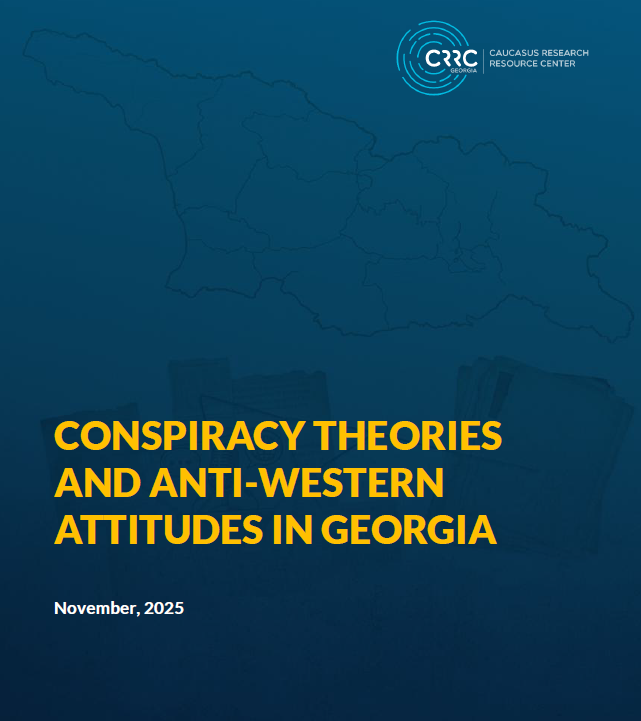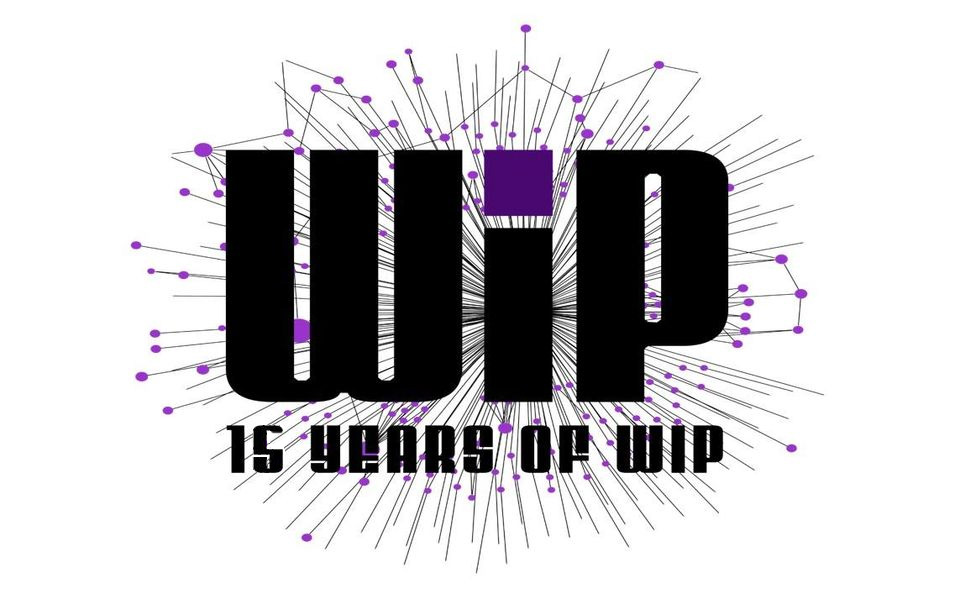Trust in institutions has often been thought of as negatively related to perceptions of corruption in political institutions. Every year, Transparency International publishes a Corruption Perceptions Index (CPI) which ranks countries from highly corrupt to very clean. Perceptions of corruption in the three South Caucasus countries have shifted over the years. The level of corruption in Georgia has been perceived as lower than the level of corruption in Armenia since 2007. Trust in institutions is lower in Armenia than in Azerbaijan which has the lowest ranking out of the three countries on the CPI. Azerbaijan shares similar levels of trust in institutions as Georgia which is the highest ranked South Caucasus country on the CPI. This blog post examines trust in institutions across the South Caucasus, as well as trust in international institutions.
According to the 2008 CB survey data, 34% of the Azerbaijani population said that they, or members of their household, had been in a situation during the last 12 months when they had to pay a bribe in order to get a service or preferential treatment. In Armenia, 9% of the adult population said that they or their relatives had to pay a bribe during the last 12 months, and 4% of Georgians said the same.
.JPG)
.JPG)
.JPG)
.JPG)
The 2011 CB reveals decreasing rates for all South Caucasian states. Based on the most recent CB survey, 27% of the Azerbaijani population said they paid a bribe during the last 12 months, followed by 6% of people in Armenia. Georgia seems to have been the most successful in fighting corruption with no person saying they had paid a bribe during the last 12 months.
Even though corruption persists in many forms in the South Caucasus, the CB data show that between 2008 and 2011 the percentage of people who reported paying bribes decreased in the South Caucasus. With such a sensitive question, it is important to pay attention to the proportion of responses between the countries. What factors do you think have contributed to such differences in the region?
You can further explore the CB data sets by visiting CRRC’s interactive Online Data Analysis tool at http://www.crrc.ge/oda/.
.JPG)







